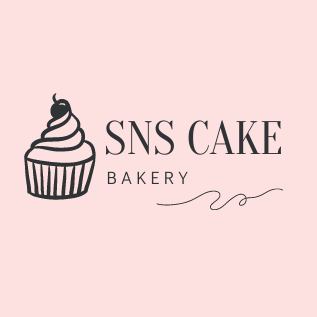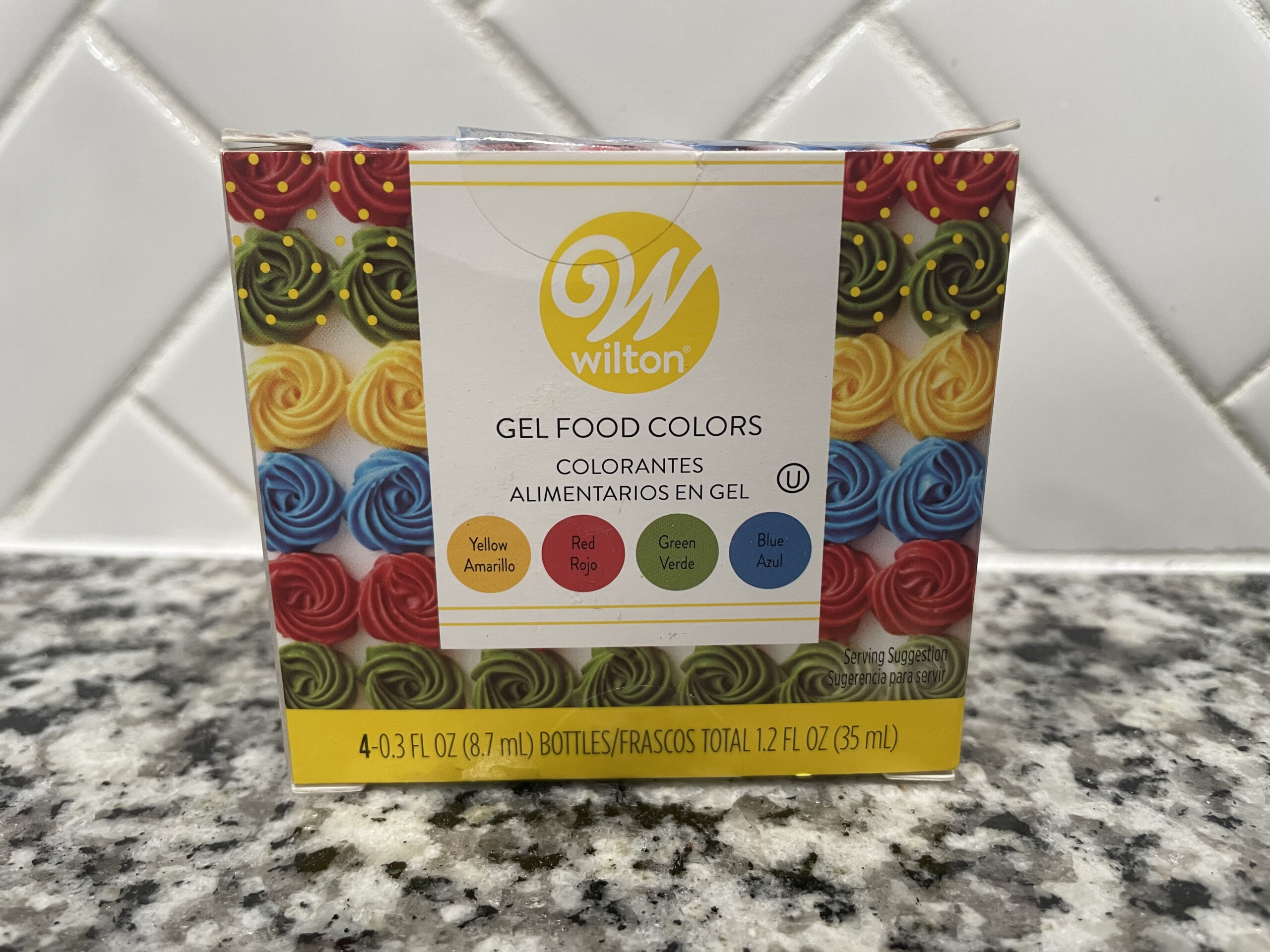In my previous article about creating Marshmallow Fondant, we briefly discussed the art of coloring fondant and the various methods to achieve it.
While we all appreciate the stunning appearance of fondant-covered cakes, the taste often leaves something to be desired, especially when excessive coloring is involved. Today, I’ll share my unique approach to coloring fondant, a method that has served me well over the years.
Method 1: Traditional Liquid Food Coloring
Liquid food coloring is undoubtedly a convenient choice for tinting fondant. What’s great about Traditional Liquid Food Coloring is its easy availability at your local grocery store, not to mention its affordability.
You have two main options when using liquid food coloring: you can knead it directly into the fondant, although this method can get a bit messy. Alternatively, you can incorporate the food coloring into the marshmallow mixture to achieve your desired hue.
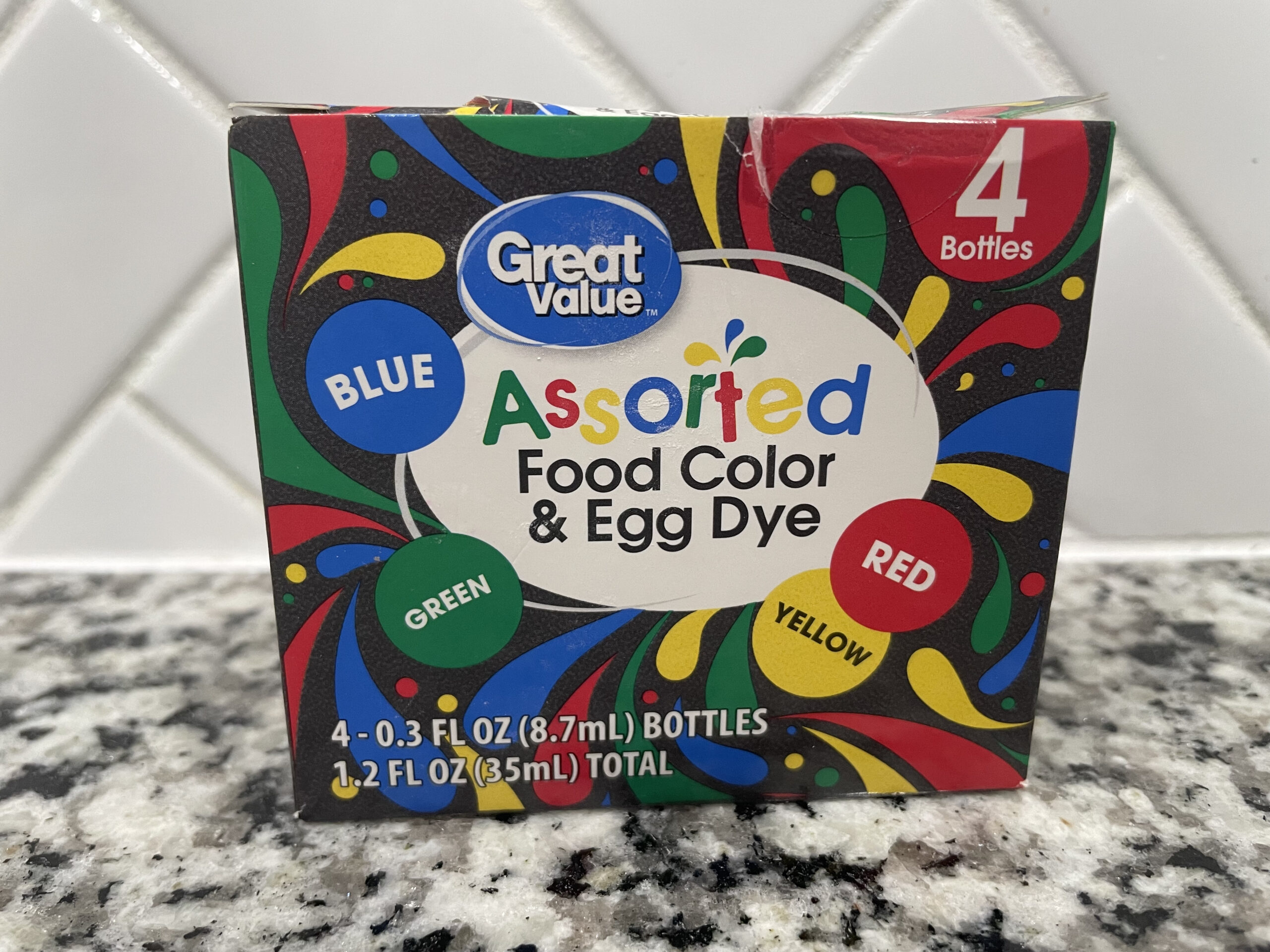
However, it’s important to note that traditional liquid food coloring is water-based, which means you might need to use quite a bit to achieve a deeper shade. The downside here is that excessive use of liquid coloring can cause your fondant to dry out.
I’ve been down that road myself when I first started my cake-making journey. I didn’t fully grasp the importance of gradually adding food coloring and not overdoing it. In hindsight, I’m actually grateful for the learning experience, as it pushed me to improve my skills.
Method 2: Gel Paste Food Coloring
Much like its liquid counterpart, Gel Paste food coloring offers versatility across a wide range of desserts, including rolled fondant, macaroons, royal icing, cookie dough, cake batter, bread dough, frostings, gum paste, and more. What’s even better is that you can easily find gel paste food coloring in most grocery stores and craft shops, and surprisingly, it’s quite budget-friendly.
Personally, I prefer working with Gel Paste Food Coloring over the liquid variety due to its high concentration. With just a small amount, you can achieve vibrant, deep colors. You can use it to color fondant just as you would with liquid food coloring.
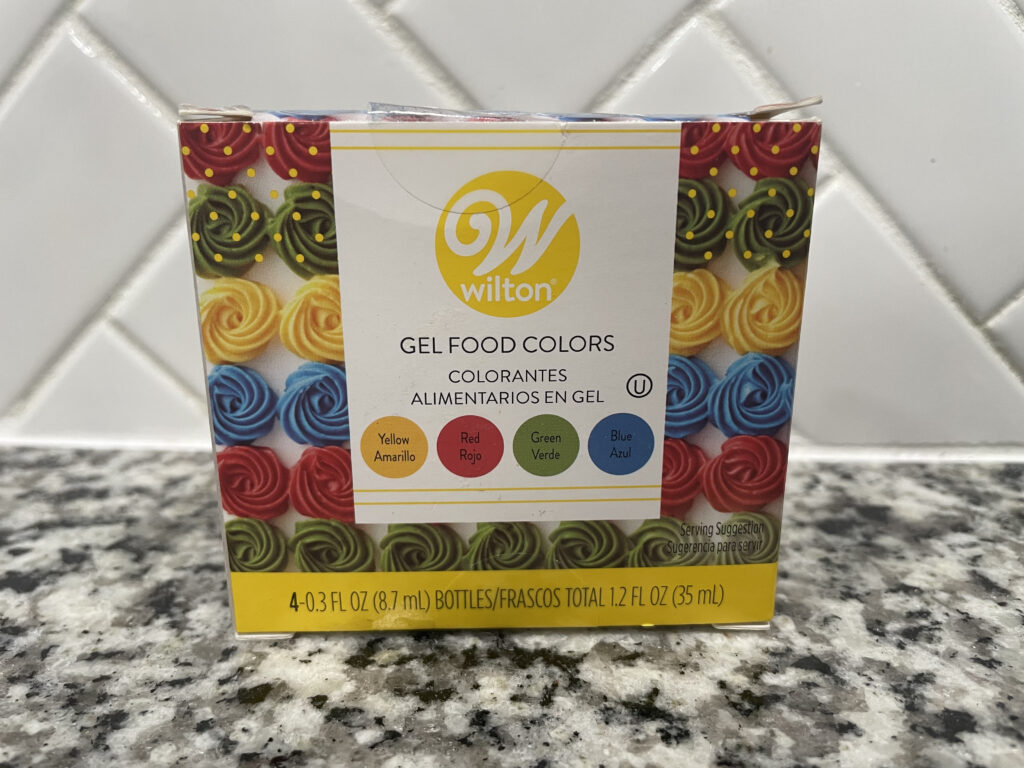
However, here’s a pro tip: I highly recommend incorporating it into the marshmallow mixture before adding the powdered sugar. This way, you’ll save yourself the effort of kneading each drop into the fondant until you reach your desired hue.
Remember, when using gel paste, add the drops gradually. Avoid going overboard, as excessive coloring can lead to fondant drying out or acquiring an unpleasant chemical taste.
Method 3: Food Coloring Powders
When aiming for a rich, deep tone in fondant coloring, Food Coloring Powders are the ultimate choice. Unlike their liquid and gel paste counterparts, you won’t find these powders in your local grocery or craft store.
Typically, I order these powders online, and it’s worth noting that they can be a bit pricier. However, the advantage is that you can achieve your desired color without altering the fondant’s taste.
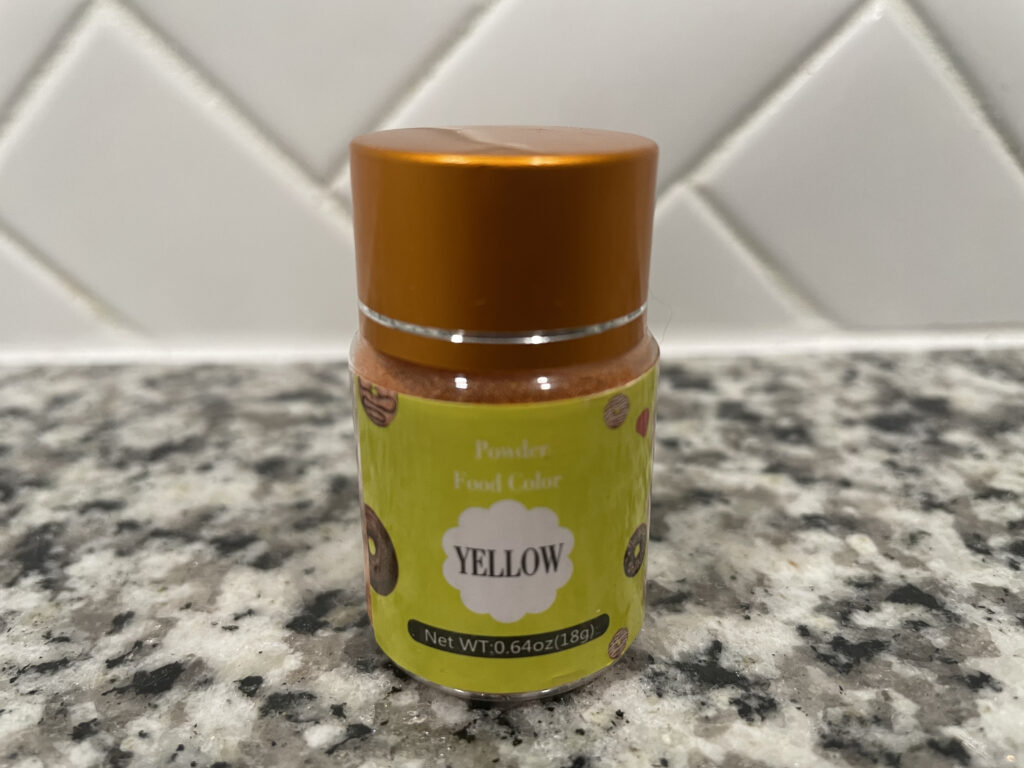
This option truly shines compared to traditional liquid and gel paste food coloring. Initially, it might require some trial and error to reach your desired hue, as you’ll need to knead small amounts of the powder into the fondant. Once the powder is incorporated, it’s best to let the fondant rest for at least 30 minutes before use to allow the color to deepen fully.
I’m a big fan of powders because they maintain the fondant’s elasticity, preventing unsightly cracks caused by the drying effect of liquid dyes on the fondant.
Method 4: Jello Mix Powders
Enhancing the flavor of Marshmallow fondant is a delightful twist, and one way to achieve this is by incorporating Jello Mix. Jello introduces a variety of fantastic flavors to your fondant, making it a versatile choice for various desserts. You can easily find Jello mix at your local grocery store, typically priced at just around $0.70 per box.
For optimal results, add the Jello mix to the marshmallow mixture before introducing the powdered sugar. This approach is advantageous because it prevents the fondant from drying out due to excessive food coloring.
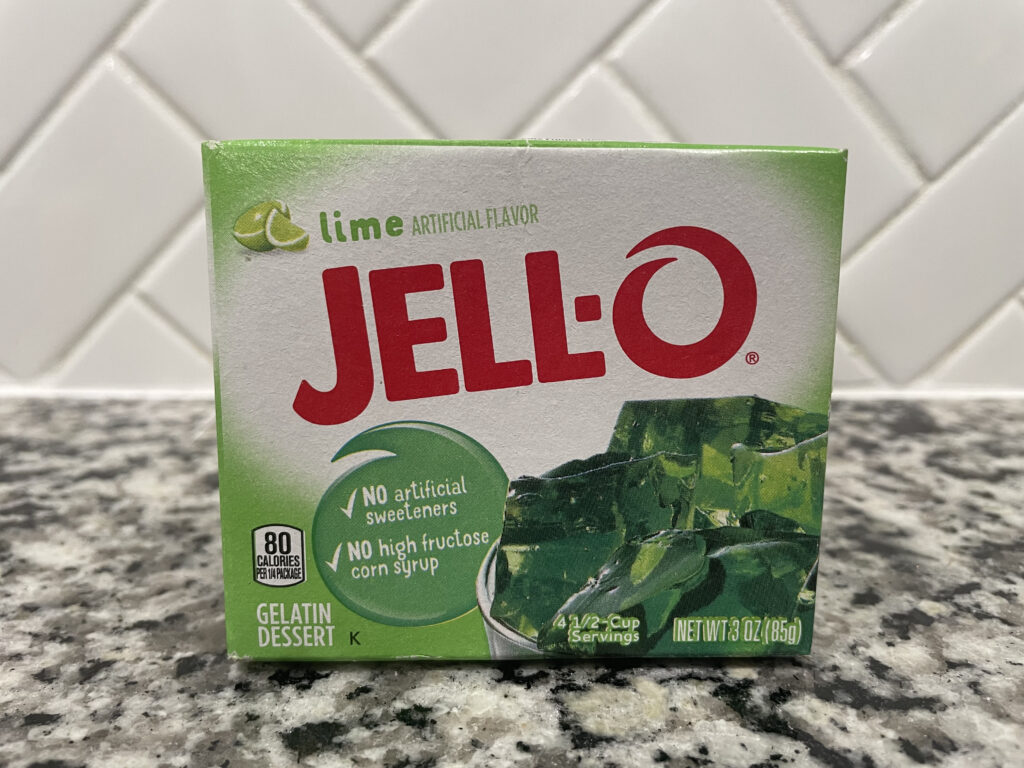
However, there are some limitations when using this method for fondant coloring. You won’t be able to achieve very dark shades, as Jello mix tends to yield lighter colors. Additionally, when adding powdered sugar, do so gradually to avoid making the fondant overly tough.
So, which option stands out as the best choice?
Without a doubt, my top recommendation for coloring fondant is food coloring powders. While they may come at a slightly higher price point compared to other alternatives, the results they offer are truly outstanding.
In the past, I used to wonder how fellow bakers achieved those rich, deep colors with fondant. However, through diligent research and experimentation, I uncovered the secret. I do continue to use gel paste for lighter fondant shades, as it requires minimal usage to achieve the desired color.
